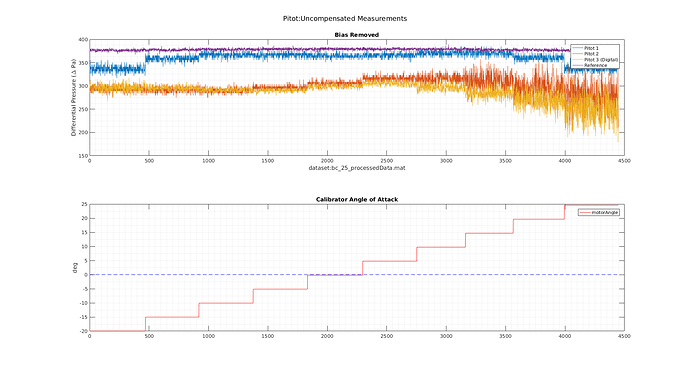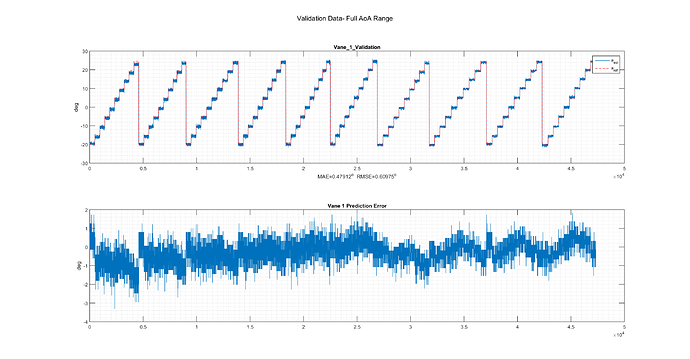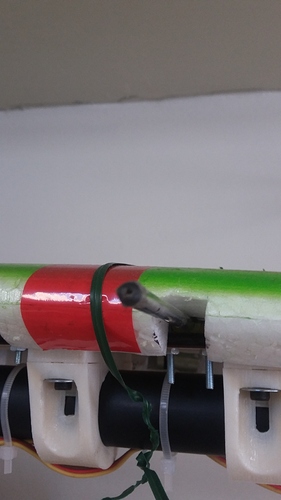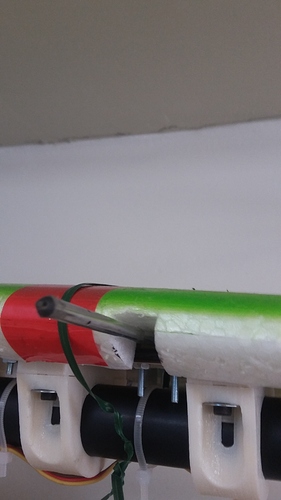Hello everyone!
In our laboratory, part of the research activities revolve around UAVs. Lately, we are in the process of designing parameter identification algorithms for the aerodynamic model of our fixed-wing testbed.
Naturally, we face a common problem: there aren’t really any low-cost yet reliable instruments for air data capture, namely airspeed and angle-of-attack.
Regarding airspeed, the go-to option, suitable for a low-cost UAV is the humble, small, no-name, hobby-grade Pitot probe we all have used in our aircraft. But no specifications are known about its performance. On the contrary, there are theoretical indications that it is unreliable but for the smallest of UAVs.
There are also other options which should work better, but with no measured performance, to our knowledge.
Even worse, there isn’t any tested instrumentation solution for angle-of-attack measurement. Yes, we have all seen some DIY or hobby-grade solutions, but how well do they perform?
We decided to tackle these questions by designing an air data calibration rig and carrying out tests in a wind-tunnel.
We tested the common hobby-grade Pitot, the BasicAirData 8mm probe, both analog and digital airspeed sensors and a COTS hobby-grade wind vane.
A wide range of airspeeds and angles-of-attack were swept, to capture the performance of the instruments in the whole flight envelope.
To our surprise, the standard Pitot probe performed quite horribly, in contrast to the longer 8mm probe. It makes one wonder how ArduPlane manages to fly as graciously as it does with this.
In the same trend, the COTS wind vane we test turned out to be quite poor from an engineering point of view. Still, it had an unexpectedly small error, which makes one hope that any adequately thought-out design can give usable measurements.
We wrote a report about our procedure and findings, which spanned 92 pages. Naturally, it can’t fit in a single blog post, so we provide a link.
The catch: we’d like to know the demographic of our audience, so we humbly ask you to fill out an optional Google survey before getting the link. Please consider sharing this survey link, instead of giving out the direct link or the .pdf.





